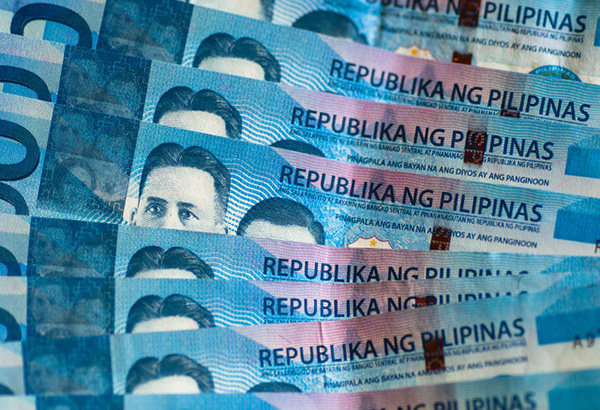The peso lost further value as the US dollar gained more strength against Asian currencies in Monday trade, driving the Philippine unit to P50.23:$1, its weakest rate in more than 10 years.
The dollar continued to attract safe-haven interest amid growing uncertainty in Europe and the prospects of fiscal reforms in the US under the Trump administration.
The Philippine peso shed 23 centavos from Friday’s close at P50:$1. It opened at P50.08:$1 on Monday, before trading between P50.05 and P50.23. It was the peso’s weakest finish since it settled at P50.32:$1 on September 26, 2006.
The Bangko Sentral ng Pilipinas (BSP) stressed the day’s trade tracked the softness in most other regional currencies.
Other currencies in the region also slipped against the dollar: the Indonesian rupiah dipped 0.2 percent and the Malaysian ringgit eased 0.1 percent.
“[The peso movement] was also driven by risk-off sentiment amid geopolitical concerns, especially in Europe,” BSP Governor Amando Tetangco Jr. said in a text message to reporters.
With the US financial markets closed for the Presidents’ Day holiday on Monday, Europe was back in focus on the global markets after a poll showed German Chancellor Angela Merkel’s ruling party lagging the Social Democrats for the first time under her leadership ahead of looming elections.
Uncertainty in France was also on traders’ minds.
“The political uncertainty has definitely increased as the chances of a Marine Le Pen victory and the Dutch election got into full swing,” Greg McKenna, chief market strategist at CFD and FX provider AxiTrader, was quoted as saying in a report dispatched by Agence France-Presse.
Land Bank of the Philippines market economist Guian Angelo Dumalagan said the peso weakened significantly as the dollar gained more appeal as a safe-haven currency amid political uncertainty in Europe and optimism ahead of President Donald Trump’s tax plan.
On “February 9, President Trump said that he might release the details of his fiscal reforms within the next two to three weeks. This implies that his fiscal plan might be released as early as this week,” Dumalagan said.
Moreover, expectations of hawkish moves by the US Federal Open Market Committee when minutes of its last meeting are released later this week might have also weakened the peso, he added.
The Philippine peso first touched the P50:$1 level on November 24 last year on expectations of interest rate hikes in the US. For full-year 2016, the peso depreciated by 5.35 percent against the US dollar.
“As you know the BSP does not target any exchange rate level, but we continue to watch out for excessive market volatility,” Tetangco said. (M. carballo, MT)



